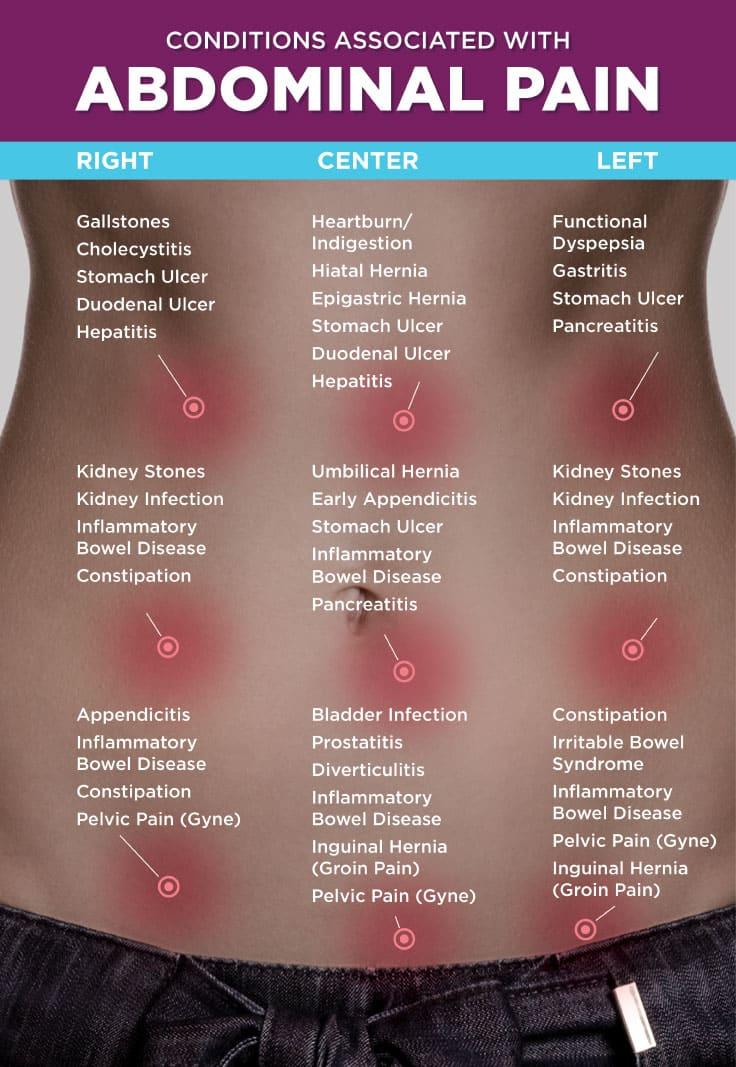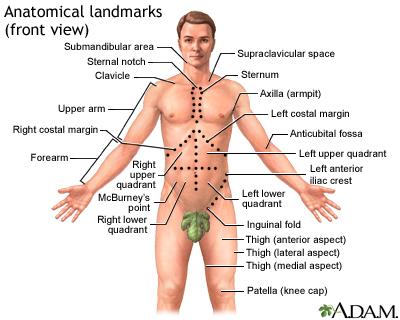 pain“>
pain“>
How long does lower abdominal pain typically last?
“`html
Understanding Lower Abdominal Pain: Causes, Symptoms, and Relief Strategies
Lower abdominal pain is a common ailment that affects many individuals at some point in their lives. While it may sometimes be a minor inconvenience, it can also signal underlying health issues. This comprehensive guide explores the causes, symptoms, treatment options, and when to seek medical attention for lower abdominal pain.
What is Lower Abdominal Pain?
Lower abdominal pain refers to discomfort or pain experienced in the lower region of the abdomen, typically below the navel. The severity and nature of the pain can vary significantly, ranging from a dull ache to sharp or cramping sensations.
Common Causes of Lower Abdominal Pain
There are numerous potential causes of lower abdominal pain, which can be categorized into gastrointestinal, gynecological, urological, and musculoskeletal issues. Understanding these causes can help in identifying the right treatment.
1. Gastrointestinal Causes
- Appendicitis: Inflammation of the appendix can lead to severe pain in the lower right abdomen.
- Diverticulitis: Inflammation or infection of small pouches in the colon can cause lower abdominal pain.
- Gastroenteritis: Also known as stomach flu, it can lead to cramping and pain due to inflammation of the stomach and intestines.
- Irritable Bowel Syndrome (IBS): A chronic condition that can cause abdominal cramping, bloating, and discomfort.
2. Gynecological Causes
- Menstrual Cramps: Many women experience lower abdominal pain during their menstrual cycle.
- Ovarian Cysts: Fluid-filled sacs on the ovaries can cause pain, especially if they rupture.
- Pelvic Inflammatory Disease (PID): An infection of the reproductive organs that can lead to significant discomfort.
- Endometriosis: A condition where tissue similar to the lining of the uterus grows outside it, causing pain.
3. Urological Causes
- Urinary Tract Infection (UTI): Can cause pain during urination and discomfort in the lower abdomen.
- Kidney Stones: Pain can occur if stones move through the urinary tract.
4. Musculoskeletal Causes
- Strains or Sprains: Overexertion or injury can lead to muscle pain in the lower abdomen.
Symptoms Associated with Lower Abdominal Pain
Symptoms that may accompany lower abdominal pain include:
- Nausea or vomiting
- Changes in bowel habits (diarrhea or constipation)
- Fever
- Bloody urine or stool
- Unusual vaginal discharge or bleeding
When to Seek Medical Attention
While many cases of lower abdominal pain resolve on their own, certain symptoms warrant immediate medical evaluation:
- Severe or worsening pain
- Pain accompanied by fever or chills
- Difficulty breathing or chest pain
- Signs of dehydration (like dry mouth or dizziness)
- Unexplained weight loss
Diagnosis of Lower Abdominal Pain
Diagnosing the cause of lower abdominal pain may involve:
- Physical examination
- Blood tests
- Urinalysis
- Imaging tests (X-rays, ultrasounds, or CT scans)
Treatment Options for Lower Abdominal Pain
Treatment for lower abdominal pain largely depends on the underlying cause. Common treatment strategies include:
1. Medications
- Over-the-counter pain relievers: Such as ibuprofen or acetaminophen.
- Antibiotics: For infections like UTIs or diverticulitis.
- Prescription medications: For conditions like IBS or severe menstrual cramps.
2. Lifestyle Changes
- Dietary modifications to manage IBS or diverticulitis.
- Regular exercise to enhance overall health and digestive function.
- Stress management techniques, such as yoga or meditation.
3. Surgical Interventions
In severe cases, surgical procedures may be required for conditions like appendicitis or ovarian cysts.
Benefits of Understanding Lower Abdominal Pain
Awareness about the causes and treatments of lower abdominal pain can:
- Empower individuals to seek timely medical help.
- Reduce anxiety associated with unexplained pain.
- Improve quality of life through informed health choices.
Practical Tips for Managing Lower Abdominal Pain
- Keep a symptom diary to track patterns and triggers.
- Stay hydrated and maintain a balanced diet.
- Consult a healthcare provider for persistent symptoms.
Conclusion
Lower abdominal pain can stem from various conditions, ranging from benign to serious. Understanding the potential causes, associated symptoms, and treatment options can empower individuals to take charge of their health. Always consult a healthcare professional if you experience persistent or severe pain, ensuring timely diagnosis and appropriate treatment.
Case Study: A Real-Life Experience
Consider the case of Sarah, a 27-year-old woman who experienced recurring lower abdominal pain. Initially dismissed as menstrual cramps, further investigation revealed endometriosis. After discussing treatment options with her doctor, Sarah found relief through a combination of medication and lifestyle changes, showcasing the importance of seeking medical advice for persistent pain.
Final Thoughts
Whether it’s a minor issue or a sign of a more serious condition, don’t ignore lower abdominal pain. By staying informed and proactive, you can take steps toward better health and well-being.
“`
